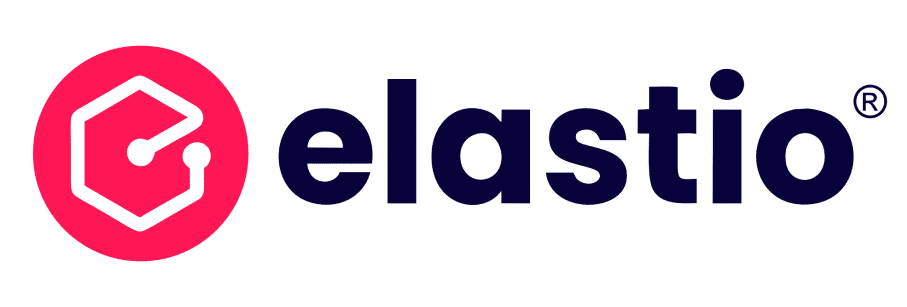
01 Apr Global Ransomware Damage Costs Predicted To Exceed $275 Billion By 2031
Ransomware facts, figures, predictions, and statistics for boardroom and C-Suite executives, CIOs and CISOs. Download the Full Report

Sausalito, Calif. – Apr. 2, 2025
Ransomware, the fastest growing type of cybercrime, is 35 years old, it shows no signs of slowing down, and it’s predicted to cost victims around $275 billion annually by 2031, according to Cybersecurity Ventures, with a new attack every 2 seconds as perpetrators progressively refine their malware payloads and related extortion activities.
Ransomware costs include ransom negotiations and payouts, damage and destruction of data, stolen money, downtime, lost productivity, theft of intellectual property, theft of personal and financial data, embezzlement, fraud, post-attack disruption to the normal course of business, forensic investigation, restoration and deletion of hacked data and systems, reputational harm, legal costs, and potentially, regulatory fines.
Adam Keown, CISO at Kingsport, Tenn.-based Eastman (NYSE: EMN), a Fortune 500 global specialty materials company, told Cybersecurity Ventures that “ransomware is a top tier concern for all CISOs at large enterprises,” and that “AI has a strong potential to make ransomware more sophisticated by automating or optimizing different attack vectors.”
“Ransomware isn’t just an IT issue—it’s a boardroom crisis waiting to happen,” said Najaf Husain, founder and CEO of Elastio, a leading provider of ransomware recovery assurance. “Executives must ensure their organizations can recover, or risk catastrophic financial and reputational damage,” added Husain, a well respected cybersecurity expert and entrepreneur who has watched the ransomware economy unfold over his career, which started in 1984.
Cybersecurity Ventures publishes a chart at RansomwareCost.com containing our calculations of global ransomware damage cost predictions from 2015 to 2031. For this year, 2025, we predict that costs will reach $57 billion annually. The 2025 calculation breaks down to $4.8 billion per month, $1.1 billion per week, $156 million per day, $6.5 million per hour, $109,000 per minute, and $2,400 per second. Our first ever prediction, for 2015, put the annual cost of ransomware at $325 million. Another way to look at it is that we predict ransomware will cost the world more than $20 billion per month in 2031, up from $20 billion per year in 2021.
Cybersecurity Ventures predicts that a ransomware attack will strike a consumer or business every 2 seconds by 2031, which is 43,200 attacks per day, up from every 11 seconds in 2021, which is around 7,850 attacks per day.
Download the Cybersecurity Ventures 2025 Ransomware Report
– Steve Morgan is founder of Cybersecurity Ventures and Editor-in-Chief at Cybercrime Magazine. The 2025 Ransomware Report is published by Cybersecurity Ventures.

Founded in 2020, Elastio was created to address the growing threat of ransomware and ensure businesses can protect and secure their most critical asset: their data.
Our team brings decades of expertise from leading organizations in data protection, security, and threat intelligence, including Fortune 500 companies.
Guided by Zero Trust principles, Elastio assumes that workloads and data can be compromised at any time. Unlike other solutions, Elastio inspects data off the host, preventing tampering and ensuring businesses always have secure, clean, and ransomware-free data. This approach delivers unparalleled confidence, enabling organizations to recover quickly and without compromise, even in the face of advanced attacks.



